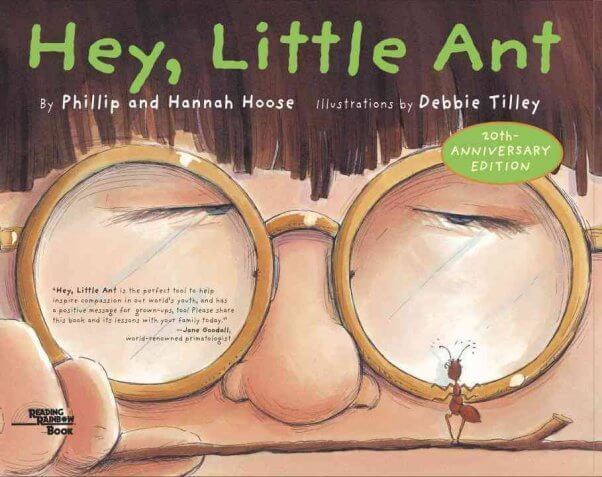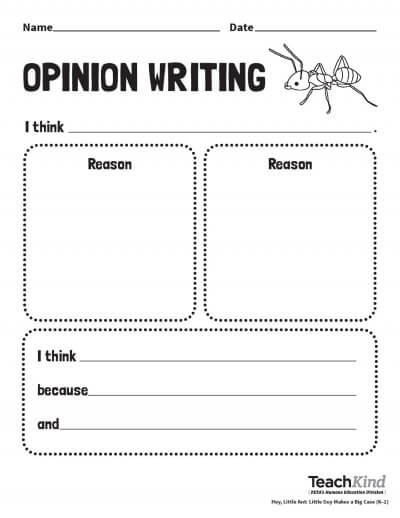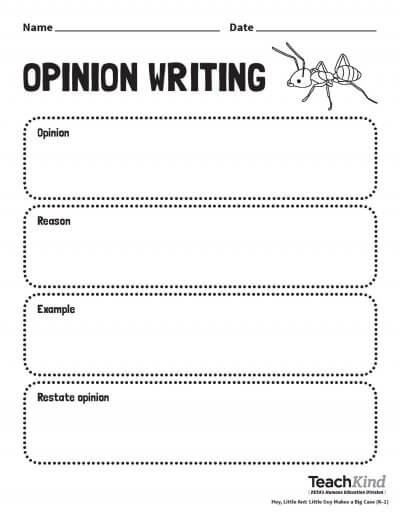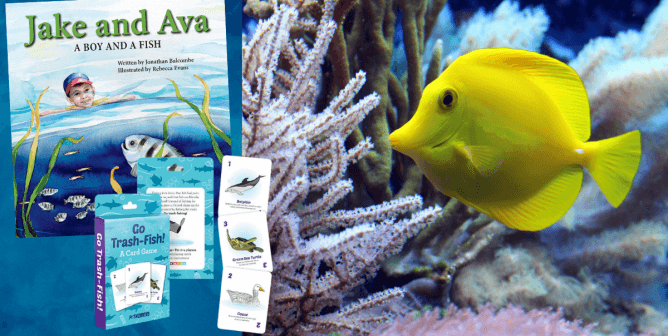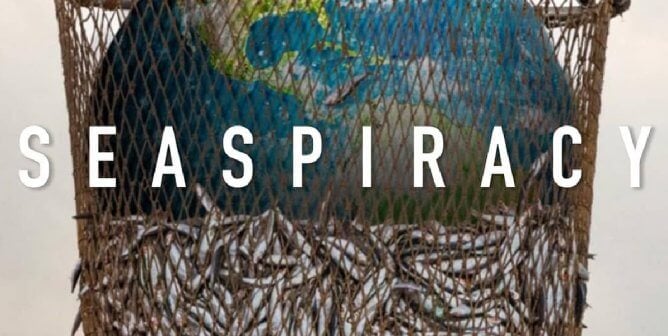‘Hey, Little Ant’: Little Guy Makes a Big Case (Grades K–5)
Learning to understand others’ perspectives supports the development of empathy in children. Hey, Little Ant by Phillip and Hannah Hoose can help students see the world through the eyes of an ant. And when kids learn to see things from the point of view of even the smallest animals, it can help lead to more empathic behavior toward their peers.
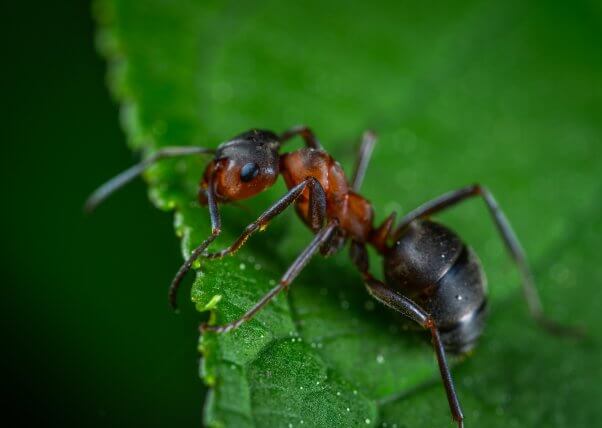
Ants are extremely social beings who live in colonies in which smaller worker ants care for the queen and her eggs. Some ants forage and bring food back to the colony. They also work together to transport materials. Different species of ants have different food preferences, too.
Hey, Little Ant is a story that uses rhyming dialog between a boy and an ant. The boy tries to decide if he should squish the ant, and the ant makes a compelling case for his survival. The ending asks the reader to decide on the outcome: “What do you think that kid should do?” This makes for a perfect opportunity to discuss the ethical treatment of other animals and build empathy.
Ask students what they know about ants and what they normally do when they see one. Many children are conditioned from a young age to kill any insect who crosses their path. This book offers a great chance to encourage students to be mindful and consider the consequences to other living beings of their actions.
Grades K–2
The rhyming text is enjoyable, so it may be a good idea to read it all the way through first without stopping so that students can appreciate the overall sound of the book. Then, read it aloud a second time and pause in multiple places to ask the questions below.
Discussion Questions
- Pages 5 and 6 (the boy is a giant): How do humans look to ants and other small animals? (Possible answer: Since humans are so much bigger than ants and other small animals, we must look like giants—and that must be scary to them.) What would happen to the ant if he were squished? (Possible answer: He would die.)
- Pages 7 and 8 (the ant is held close to the boy’s eyeglasses): What are some ways in which the boy and the ant are alike? As a class, create a Venn diagram on the board and add to it as you read the rest of the book.
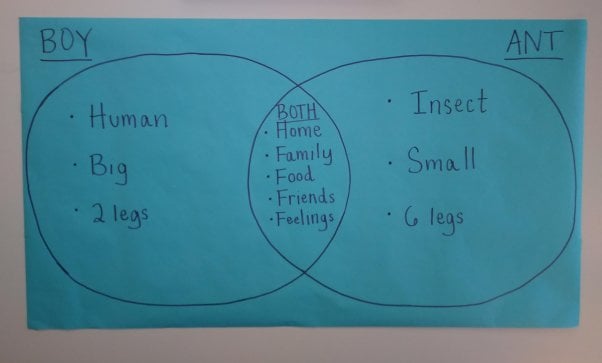
- Pages 17 and 18 (the boys’ friends are telling him to squish the ant): Should the boy kill the ant just because his friends tell him to? Why or why not? Have students discuss this with a partner, then share their responses as a class.
- Pages 19 and 20 (the ant is a giant): If you were the boy, what would you want the giant ant to do? Have students discuss with a partner, then share responses as a class.
The book ends with the question “What do you think that kid should do?” This will most likely provoke strong opinions from students about the way animals should be treated. It can be a great springboard for opinion writing. Have the students use the writing prompt below to create an opinion piece. They can use the Opinion Writing graphic organizers below to organize their ideas.
Opinion Writing Prompt
What should the boy do? Why?
Grades 3–5
Sometimes, picture books can be helpful when used in a mini-lesson for upper-elementary students. In this case, you can use Hey, Little Ant to demonstrate to students what a compelling argument looks like for persuasive writing. Read the book aloud, then create a T-chart (sample below) to review the reasons that the boy gives for wanting to kill the ant and the reasons the ant provides for why he should live. It will be evident to students that the ant’s case is more compelling, and it will help them use compelling reasons in their own persuasive writing pieces.
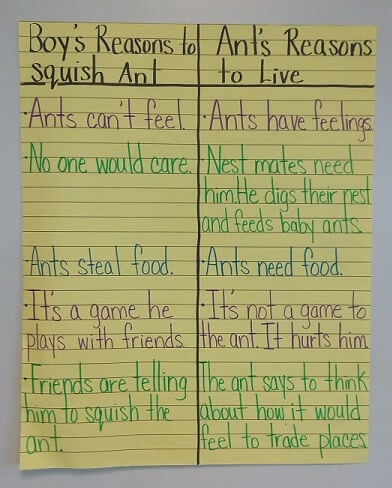
Extension
Create an insect rescue kit for the classroom.
- Materials needed: a clear plastic cup, an index card, and a zippered plastic bag
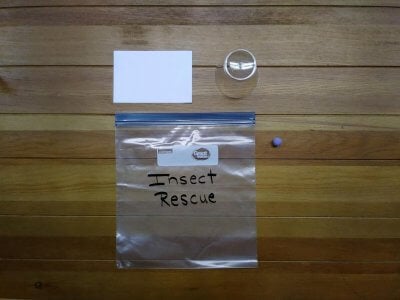
- Demonstrate for students how to rescue an insect by using a small object. Place the cup over the object and slip the index card beneath the cup opening. Pick up the cup and index card together, carry them outside or to an open window, and gently release the object representing the insect outside.
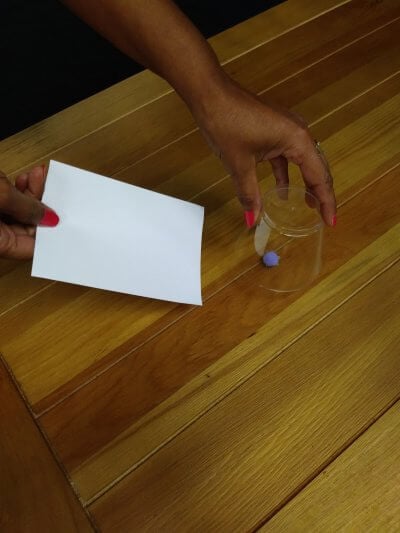
Why not make “insect rescuer” a classroom job? Kids will love taking turns being in charge of this compassionate work. You can even have each student make his or her own kit to use at home.
Dramatic Play
If you’re using this with Pre-K, consider having students act out the different roles in the story. The roles of the ant and the kid can be swapped between students to give them both perspectives. Talk to your students about the importance of being kind to all living beings, no matter how different or tiny they may be. If they don’t quite get the message the first time, gently explain why the choice to step on the ant would be unkind. Allow students to connect with the story in their own way to create a lasting and empathetic mindset toward all living beings.
Additional Resource
Ants: Surprising Household Guests
Like these ideas? Please share them to help inspire other teachers to incorporate compassion for animals into their reading lessons!
Need more classroom inspiration? Fill out the form below to sign up for TeachKind News.
By submitting this form, you’re acknowledging that you have read and agree to our privacy policy and agree to receive e-mails from us.

